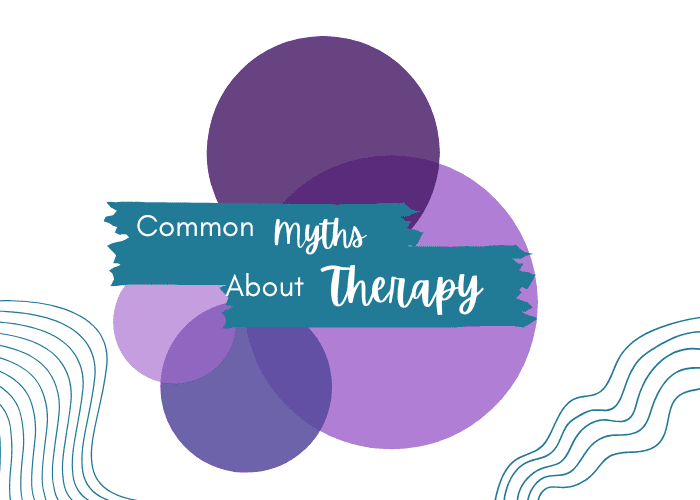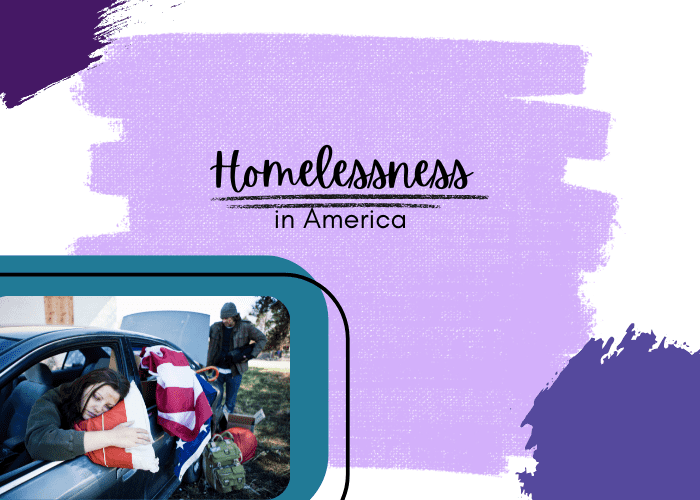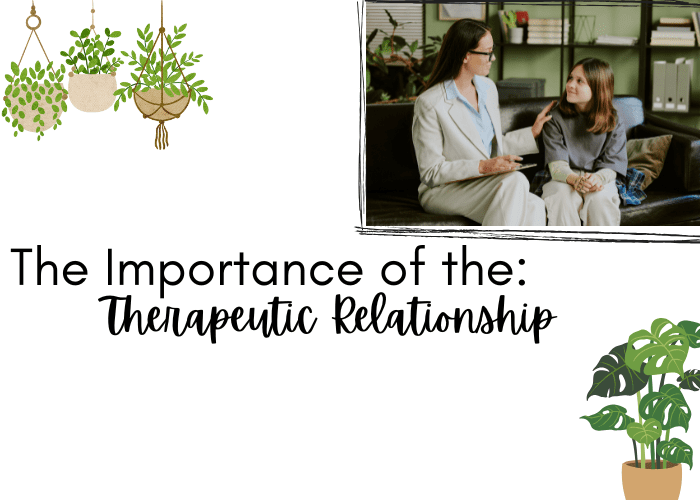If you’ve been looking for a therapist and have never been to therapy before, it can be intimidating to look through all of these profiles to find one. There are a lot of terms and acronyms used that may not make sense to the average person new to therapy. One of those is Attachment Based Therapy (ABT) or Attachment Based Family Therapy (ABFT).
What is Attachment Based Therapy (ABT)?
ABT is a form of therapy that pulls from longstanding research on attachment theory. Attachment theory states that one’s experiences with early caregivers in infancy determine how they experience relationships in the future. This was originally put forth by John Bowlby and later expanded by Mary Ainsworth.
When considering ABT, the idea behind this form of therapy is to help work through potential problems that are rooted in poor relationships with early caregivers. These can manifest in difficult relationships in the present and mood instability and depression. The goal of ABT is to help the client relearn how to trust others again and form close, secure relationships and attachments with people in their lives.
In Attachment Based Family Therapy, the therapist works with a family and helps them all work through varying issues that are impacting the family unit.
How does ABT Work?
In ABT, you’ll work with your therapist to explore early childhood experiences that could be impacting your life today. Therapy will then consist of healing that inner child inside of you that is still being harmed by those early experiences and affecting your current mood and relationships. From there, you’ll be encouraged to work with those in your life to help strengthen your relationships.
What is it Used For?
ABT is used for a variety of disorders. Most commonly, it’s used to address low self-worth, anxiety, depression, and relationships problems. It can also be used with children who are struggling with to develop relationships with caregivers, especially those who have had traumatic experiences such as child abuse or having to go through the foster system. It has also been successfully used with adolescents with suicidal ideation.
How do I find an ABT Therapist?
A Compassionate Counseling Company, we have Alison who integrates this therapy while working with her clients. Another option is to use Psychology Today to find a therapist by modality or to look through your insurance provider’s database.



